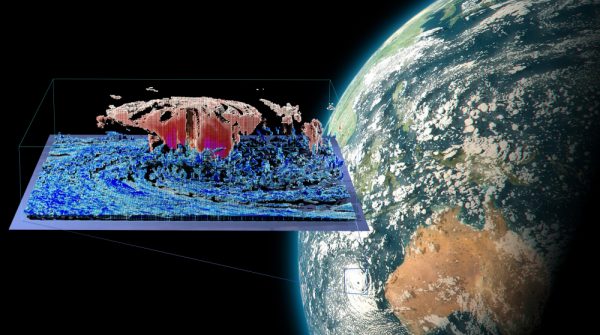Installed at Oak Ridge National Laboratory in the United States of America, Frontier is so far the only exascale supercomputer. Operational since 2022, the number 1 in the Top500 list is the most powerful and fastest in the world. Great things are therefore expected of this supercomputer – and it has not disappointed.
Since Frontier began to be accessible to more researchers, the mission of solving the biggest challenges that humanity faces has gained a major weapon on so many other fronts, including climate.
Currently, traditional climate models fail to accurately represent cloud formation and therefore tend to rely on approximations to represent these processes. For climate researchers, solving this dilemma means refining precipitation prediction and better understanding how precipitation will change with global warming.
To fill this gap, a team of researchers at Sandia National Laboratories used the power and capability of Frontier to develop SCREAM – Simple Cloud Resolving E3SM Atmosphere Model. In practice, it has become possible to create “the first global cloud-resolving model to simulate a world’s year of climate in a day”, explained Mark Taylor, a researcher at Sandia and chief computational scientist for E3SM, to HPC Wire. This program “has the potential to substantially reduce the large systematic errors in precipitation found in current models,” he adds, as the cloud formation process is handled in a “more realistic and explicit” way.
